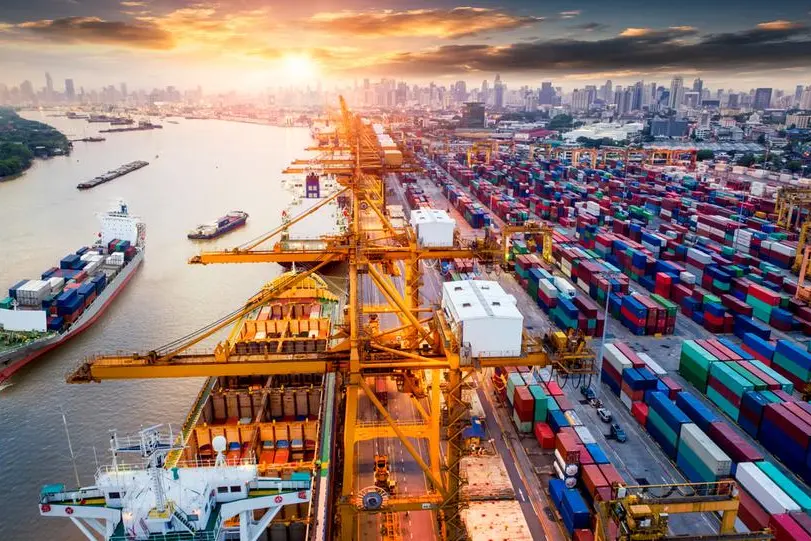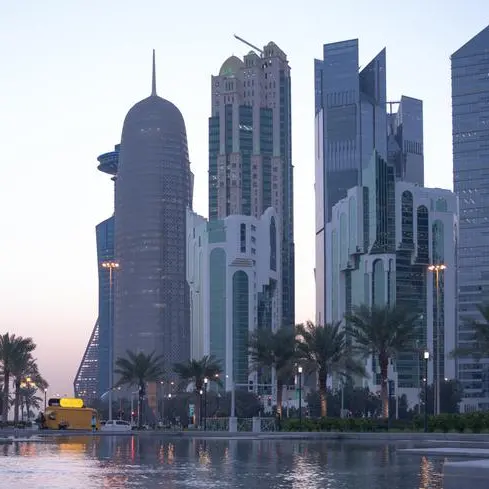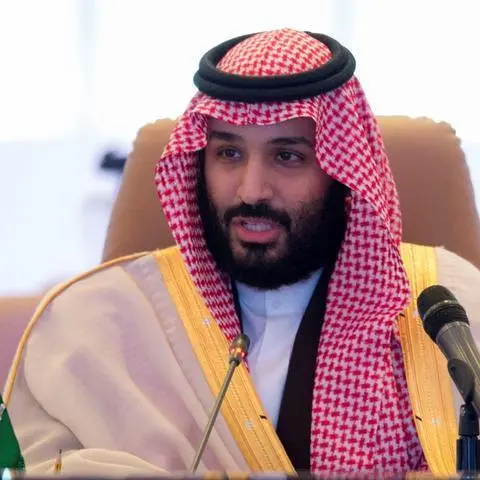PHOTO
MUSCAT: Omani non-hydrocarbon exports are projected to reach an all-time high of 26.9 per cent of GDP in 2023, bolstered by an uptick in the mining, plastics and chemicals sectors, according to a report by Fitch Solutions, an affiliate of Fitch Ratings.
The London-based think-tank said that the robust growth of non-hydrocarbon exports will help offset an anticipated decline in energy exports as a looming global downturn threatens to weaken energy demand in 2023.
“We hold a more bullish view on non-hydrocarbon exports in 2023 as we think more production capacity will become available for export in the mining, plastics and chemicals sectors,” Fitch Solutions noted in its report.
It attributed this optimistic outlook to a number of enabling developments across the sectors in question, for example, the opening of new mining sites for development by the Ministry of Energy and Minerals.
Likewise, OQ Group – the Sultanate of Oman’s national energy company – has continued to invest in additional production capacity for plastics, with the establishment of a plastics park in Sohar Industrial City in partnership Madayn. And in Salalah, OQ’s new ammonia plant will drive up the production of chemicals, it said.
“These efforts will increase non-hydrocarbon exports to an all-time high of 26.9 per cent of GDP in 2023, and offset the decline in hydrocarbon exports. As a result, we expect total exports will increase from 59.8 per cent of GDP in 2022 to 60.4 per cent in 2023,” Fitch Solutions stated.
But the think-tank cautioned that an anticipated decline in international oil and gas prices will have an impact on Oman’s revenue from energy exports in 2023.
“Indeed, our Oil & Gas team forecasts Brent oil prices will decline by 6.9 per cent in 2023 and gas prices will drop by 7.1 per cent y-o-y. This, along with a sharp deceleration in hydrocarbon production from 7.3 per cent in 2022 to 1.0 per cent in 2023, will reduce Oman’s energy exports from 37.4 per cent of GDP in 2022 to 33.7 per cent of GDP in 2023. That said, energy exports will remain significantly above the 26.3 per cent of GDP five-year pre-Covid-19 average as energy prices, despite declining, will remain high by historical standards,” the report said.
At the same time, Oman’s current account surplus is expected to narrow from a decade high of 7.7 per cent of GDP 2022 to 5.1 per cent in 2023, says Fitch Solutions.
“We have increased our 2022 estimate and 2023 forecasts from 7.1 per cent and 3.9 per cent respectively as we now foresee stronger hydrocarbon exports in both years. Indeed, trade data for the first eight months of 2022 showed that non-hydrocarbon exports, particularly minerals and plastics, continued to surprise to the upside, growing by a staggering 48.6 per cent y-o-y in the first eight months of 2022,” it further stated.
2022 © All right reserved for Oman Establishment for Press, Publication and Advertising (OEPPA) Provided by SyndiGate Media Inc. (Syndigate.info).












